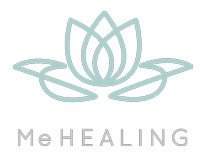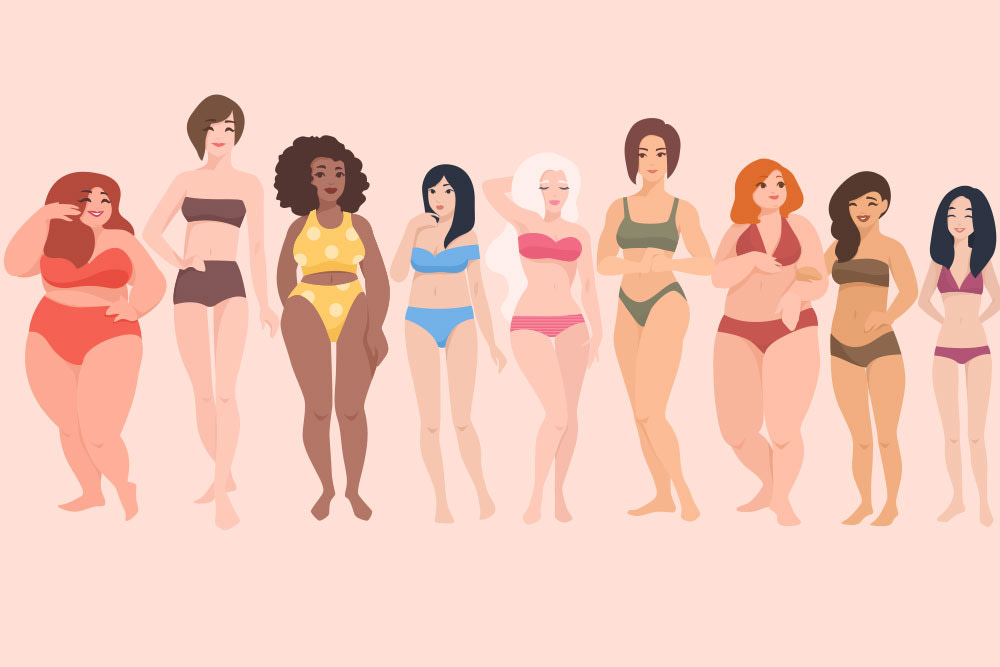Mindfulness is not a new concept, but it is certainly popping up more and more in psychology, education, rehabilitation, sports, television, and social media.
Although there may be different ways of defining what it means to be “mindful”, on this site, the definition of mindfulness is based on the clinical work of Jon Kabat-Zinn.
MeHealing’s definition for Mindfulness:
- Paying attention to the present moment
- with intention or on purpose
- by observing with acceptance rather than judging the moment
- Paying Attention to the Present Moment
The first part, paying attention to the present moment, is fairly self-explanatory. You are focusing on the here-and-now, not the then-and-later. There is no past, there is no future, there is just right now.
- With Intention or On Purpose
The second part, with intention or on purpose, means that when you practice mindfulness, you are making a choice to do so. When you are mindful, you are choosing to pay attention to the present moment. You are purposely checking in with yourself or your surroundings, not checking out or going on "auto-pilot".
- By Observing with Acceptance rather than Judging the Moment
The third part, by observing with acceptance rather than judging the moment, is often the most difficult part of mindfulness. This means we try to suspend our judgments (both positive and negative) and swap in our observational skills:
- “It’s a beautiful day out” - positive judgment
- “It’s an awful day out” - negative judgment
- “It’s daytime. There is blue sky with clouds forming” - mindful observation
This can be challenging. By default, we are designed to be judgmental, which is not necessarily a bad thing. In fact, it is helpful at times to be judgmental, even lifesaving. For example, if you saw that your breakfast bread had gone moldy, your better judgment would be to not eat it.
In addition, positive judgments tend to make us feel good. Positive judgments such as "I like this", "That comic is hilarious", "What a beautiful day" are statements that wouldn’t likely cause a person to feel distressed.
When Judgments are harmful to Body Image
Can you think of a time when your judgments of a situation, experience or feeling might not have helped you? Do you tend to judge yourself or your worldview more negatively? Examples: “I should be thinner” “I shouldn’t eat that” “I shouldn’t feel like this”, “I can’t trust anyone” “The world is not fair”.
We might not actually be able to stop our judgments from coming into our minds. After all, your mind is trying to be helpful by making quick judgments. Your mind is trying to help you by making sense of your world, and it is usually operating on thoughts that were formed from your past.
When we have certain thoughts formed from the past, sometimes they are helpful thoughts; while at other times, they are not.
Helpful Thoughts: “My parent taught me to be respectful of others, and now I think it is important to treat people with respect”
Less Helpful Thoughts: “A magazine I read as a teenager told me that being skinny means I will be loved; now I think that is true”
Using Mindfulness to Improve Body Image
With mindfulness, you can practice observing your judgmental thoughts and decide for yourself if they are helpful or unhelpful as it pertains to your body image. And if you notice getting lost in your judgments, you can practice observational self-talk. Switching your self-dialogue from a judgmental to an observational-stance can sometimes help people feel more grounded in their present moment instead of overwhelmed.
Examples of Judgmental vs. Observational Self-Talk:
|
Judgmental Thoughts |
Observational Thoughts |
|
|
|
|
|
|
|
|
|
|
|
|
Judgments are opinions. Observations are facts. Having observational thoughts, might not change the situation, but many people feel more relief when they focus on the facts of situation rather than their negative opinions.
Want to learn more? Check out the Self-Help section for more ideas on how to use Mindfulness.

